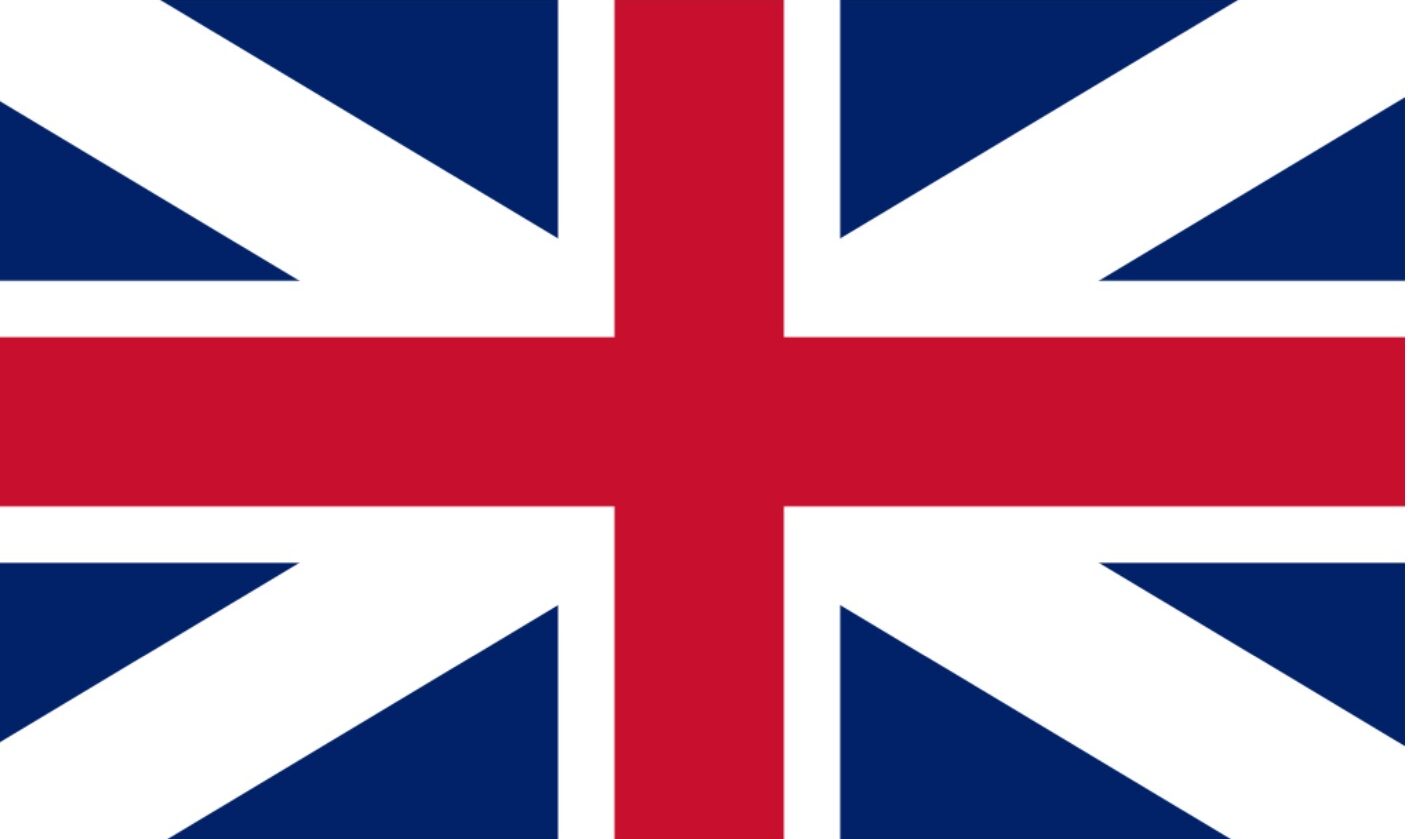Peter Secord was born September, 1726, in Dutchess County, NY. His great-grandfather had been Ambroise Sicard, the earliest common ancestor authentically recorded, from whom all the Canadian Secords are descended. Ambroise had been a Huguenot in France. In 1598, the Edict of Nantes had granted French Protestants certain religious freedoms, but when this edict was revoked in 1685, Ambroise, among many others now facing religious persecution, fled for his life, first to England, then on to North America.
He arrived in Westchester County, NY, in 1686 with five children. His wife and one child had died at sea. He was one of the founders of New Rochelle and is honored as such by a Huguenot monument in New Rochelle.
Ambroise and his children lived in or near New Rochelle. His grandchildren spread out into adjoining counties. For those living east of the Hudson River, the Sicard name was gradually transformed to “Secord”.
Ambroise’ second son was Daniel, who had crossed the Atlantic with him. Daniel’s son was Daniel Jr., and among his 11 children were sons Peter and James. James’ son, Peter’s nephew, also named James, would later marry a woman by the name of Laura Ingersoll, better known by her married name, Laura Secord.
In 1763 a list of freeholders in New Rochelle includes Peter Secord. In 1774 he sold his land in Cortland Manor, and in 1777, both James, age 45, and Peter, age 51, joined up with Butler’s Rangers and were among the first settlers in Queenston.
Many Loyalists ended up at Fort Niagara, having left all their money and property to avoid persecution. Governor Haldimand gave permission for selected families to move to the western bank of the Niagara River to settle as tenants of the Crown. They were not landowners. The families were those of the older and wounded Butler’s Rangers and included both James and Peter Secord and their families. Peter commenced farming in August, 1780. He is considered the first settler in Niagara according to his land petition.
Peter occupied land at the crossroads where the Iroquois Trail crosses the trail along Four Mile Creek. The Iroquois Trail started at Queenston and went through St Catharines to Hamilton. It eventually became Highway 8.
After a couple of years, Peter wanted to build a sawmill and a gristmill but he did not own the land, so he had to ask for permission – which was refused. Still, the government decided that the mills were needed, so it hired Lieutenant Brass of Butler’s Rangers to build them, and the mills would be operated by Peter Secord. Those mills were built between 1782 and 1783 on Four Mile Creek, and the Secord gristmill still stands today.
For the next ten years, 1783 – 1793, Peter and his family worked on the property but, despite many petitions to the government, the land was not awarded to him. In the end, he gave up and moved to the Charlottesville area of Norfolk County, where he had land.
Three years later, Peter’s mills and property were eventually awarded to him, in 1796, but by then he was gone. His property was bought by his nephew, James’ son, Major David Secord, in 1799. David had been a sergeant in Butler’s Rangers at the age of 17 and had been wounded. He later fought at Queenston Heights, Beaver Dams, Chippawa, and Lundy’s Lane as a major of the 2nd Lincoln Regiment. The village that grew up around his property was named after him: St David’s.
Peter died near home in London, Ontario, on 24 May, 1818 – at age 92.
A report of the Niagara Gleaner and the Ontario Register records his death. The report also says, “His longevity may in some measure be ascribed to his remarkable temperance. He was one of the first settlers and perhaps the oldest inhabitant in the province. He killed four wolves in the course of the last year and he walked twenty miles to make the necessary affidavit to entitle him to the wolf scalp bounty.”
Peter had 15 children, and I am descended through number 7, his daughter, Lucy Secord.
Submitted by Ken Simmons UE
